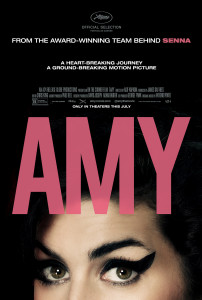 Today, billions of people use smartphones, and despite their overwhelming popularity already, that number is only expected to grow. Indeed, experts have predicted that total number of overall users will exceed 6 billion in as little as five years. For many of those users, smartphones are more than mere tools used for communication, rather they are used for everything from entertainment to telling time. And for the more creative and photographically inclined, they can be used to make movies.
Today, billions of people use smartphones, and despite their overwhelming popularity already, that number is only expected to grow. Indeed, experts have predicted that total number of overall users will exceed 6 billion in as little as five years. For many of those users, smartphones are more than mere tools used for communication, rather they are used for everything from entertainment to telling time. And for the more creative and photographically inclined, they can be used to make movies.
Using one’s phone to shoot and publish video is not a novel concept, of course. Websites like Vimeo and Youtube exist mostly for that reason. Most of the user generated content on those sites, in which cell phone is used for recording, are rather casual, including tutorials, reviews, comedy and the like. However, in recent years, more and more individuals are using their mobile devices to create films, not merely for the entertainment of a few friends on social media, but to be released and considered alongside traditional media.
Such is the case for the 2011 short film, Framed. Created by French filmmaker, Maël Sevestre, the film was shot on iPhone 4S and recorded over the course of just a few days, using minimal materials. Yet, the film was lauded by critics for its beauty and simplicity, despite minor problems with regard to things like color. Similar to the writing and shooting process, the editing of the film was completed in less than a day and uploaded to Vimeo. It currently stands at nearly half a million views.
More recently, a movie entitled Tangerine employed this method, using a more updated iPhone 5S. The movie, created by Sean Baker, was released at Sundance, where it took both the audience and judges by surprise. Despite its lack of convention, the film was considered one of the best at the festival, and was the only feature to be shot almost completely on a smartphone (others had used one for certain shots or scenes, but not as a primary source).
These two are just examples of the many filmmakers who are beginning to employ the devices they use daily into their normal line of work. Of course, for both of the aforementioned films, the process was not just using an iphone in hand. There were a few apps, add-on lenses and tripods involved, in addition to editing; each was a completely professional endeavor which just happened to be made using instruments that are not so common within the industry.
What’s promising about these new developments, though, is both access and cost. Not only will more individuals have means to create somewhat professional films at their disposal, the cost of using iPhone versus other cameras is significantly less. Of course, the quality of the camera itself is not better than that of, say, a 35mm. However, it’s likely the quality of camera on smartphones will only improve with time, and, perhaps, it will become the norm.




